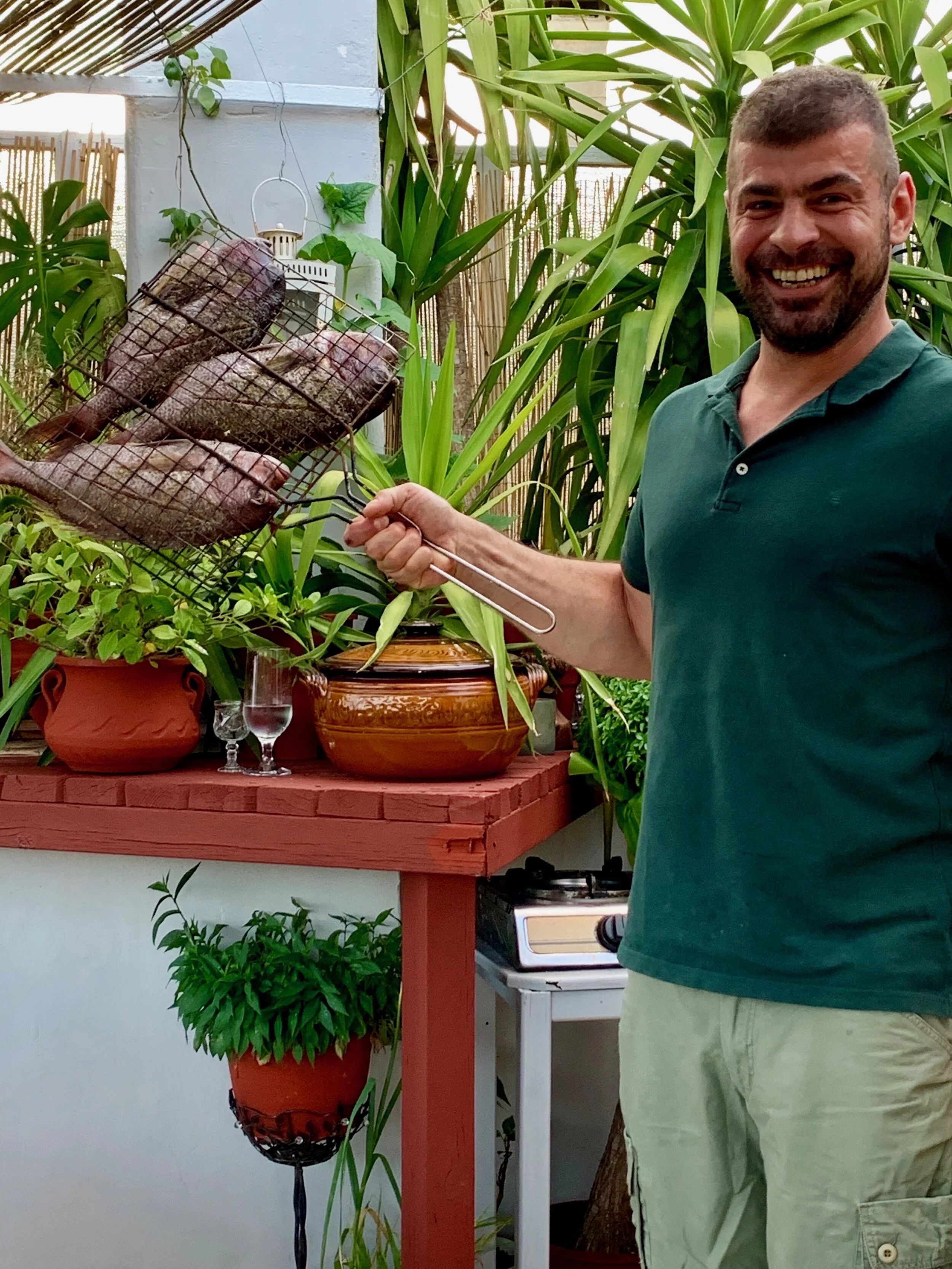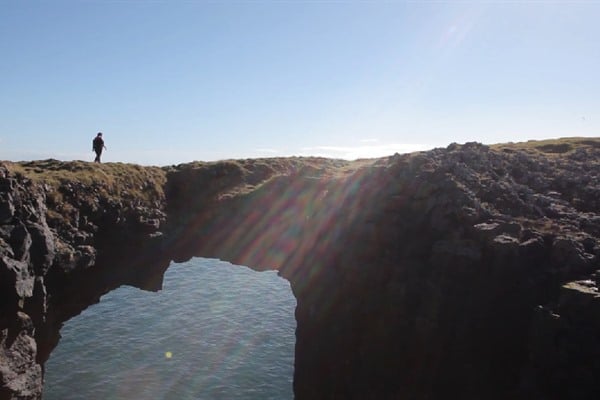So you’re going to the UK? Yipee! While you may know Scotland and Northern Ireland are world famous for all things Harry Potter, Outlander and Game of Thrones, you might be totally confused on how to pack for it’s fickle weather. Not to worry, we’ve got your back!
Since we are heading there ourselves this spring, I’m going to focus this packing list on spring travel in the UK. The weather is all over the place regardless of the time of year, but you can expect spring in the UK to involve cooler temps and rain.
When tackling a large task like packing, remember to pack light. Bring along layers versus large bulkier outerwear. Also keep in mind that you’ll be hauling your luggage all over the place, not just on the plane, so keep it simple!
My suggestion is always to condense your necessary items into a carry-on size bag if possible. This lowers the risk of your bag getting lost or delayed. You will just want to make sure the bag meets the dimension requirements for the airline you’re traveling with.
If you are traveling with us, you can read up on Delta’s dimension requirements here.
It’s also a good idea to keep an eye on their entry requirements. You can find the latest details here.
Here is a list of essential items you won’t want to forget to pack.
Travel Aids
· Chewing Gum
· Meds for motion sickness and sleep
· Travel Pillow
· (The airplane will likely supply earplugs, headphones, and a sleep mask so you can leave those at home unless you are partial to your own).
Clothing and Accessories
· Comfortable walking shoes
· Shirts (short and long sleeved) Think layers!
· Socks and underwear/bras (thermals too!)
· Watch
· Jewelry
· Pants/jeans
· Pajamas
· Glasses/contacts
· Sunglasses
· Belts
· Dressier outfit
· Raincoat and/or umbrella
· Warm waterproof jacket/fleece
· Jackets/Gloves/Scarves
· Collapsible tote/duffel bag for dirty clothes, souvenirs (if only using a carry-on)
· Luggage tags
· Journal (if planning to document your trip)
· Backpack or day bag
Toiletries
· Toothbrush
· Toothpaste
· Floss
· Mouthwash
· Shampoo/conditioner
· Soap
· Deodorant
· Hairbrush/comb
· Straightener/curling iron (If you have wattage converter-the UK uses 240 Voltz)
· Hair styling products
· Hair accessories
· Cleanser
· Moisturizer
· Shaving Cream
· Razor
· Perfume/Cologne
· Makeup
· Makeup Remover
· Feminine Hygiene Products (if applicable)
· Nail clippers
· Nail File
· Hand wipes
· Tweezers
· Cotton swabs
· Tissues
· Lint Roller
· First Aid Kit/Band Aids
· Lip Balm
· Washcloths (not standard in European hotels)
· Any medications (in addition to a copy of any prescription)
· Spare set of contact lenses/glasses (if applicable)
· Saline Solution (if applicable)
Money
· ATM card (Call your bank prior to departure to alert them of the trip; foreign purchases sometimes result in a hold on bank accounts.)
· Personal credit card (also make sure to notify lender of your travel plans)
· At least $50 converted to the currency of the first country that you’re visiting (The UK is on the Pound)
· Pouch for storing money and passport under clothing
Electronics/Technology
· An alarm clock (Many hotel rooms won't have one.)
· An adaptor/converter (The UK uses type G outlet plugs. More info here)
· Camera with extra batteries or charger
· Cell phone and charger (external chargers are worth the investment too!)
Documents
· Passport—(Remember to leave one copy of it at home and bring a couple more copies on tour, in case your passport gets lost.)
· Emergency contact information
· A copy of your medical insurance card (and trip insurance if you’ve purchased it)
· A copy of the tour itinerary
· A list of important phone numbers
· Addresses to send postcards home
· Copy of any prescriptions (Customs officials may want to verify that a container's contents match its label, so all medication should be carried in its original container.)
· List of medications/prescriptions
Carry-on bag
Here’s a short list of things travelers might need on the first day of the trip. These should be packed in your carry-on in case your checked luggage is delayed:
· Passport/Vaccine Card
· Money
· Money Belt
· Airline boarding pass
· Toothbrush and toothpaste (Check tsa.gov for current security requirements.)
· Hairbrush
· Contact lens case/glasses (to sleep comfortably on the plane)
· A change of clothes (in case luggage is delayed)
· Medication
· Any valuables
Covid-19 Essentials
· Vaccine Card (you will be asked to show it several times so keep it handy)
· Disposable masks
· Hand Sanitizer
· A copy of your testing reservations (if testing upon arrival/on return)
* If traveling with Land + See, we will do a full day of touring when we first arrive in Northern Ireland, so pack anything in your carry-on that you might need for that first day. We won’t check into the hotel until late in the evening.
Hopefully this helps ease the burden of knowing exactly what to pack. You know yourself and what you need so if you see something on the list you know you just won't need, skip it! Now that you're done packing, let's get back to our countdown! If you're like me, you've got this itinerary pinned already and you check it daily, but I'll throw it on here anyway so you can get in the groove! Northern Ireland + Scotland
Let the countdown begin!


















































